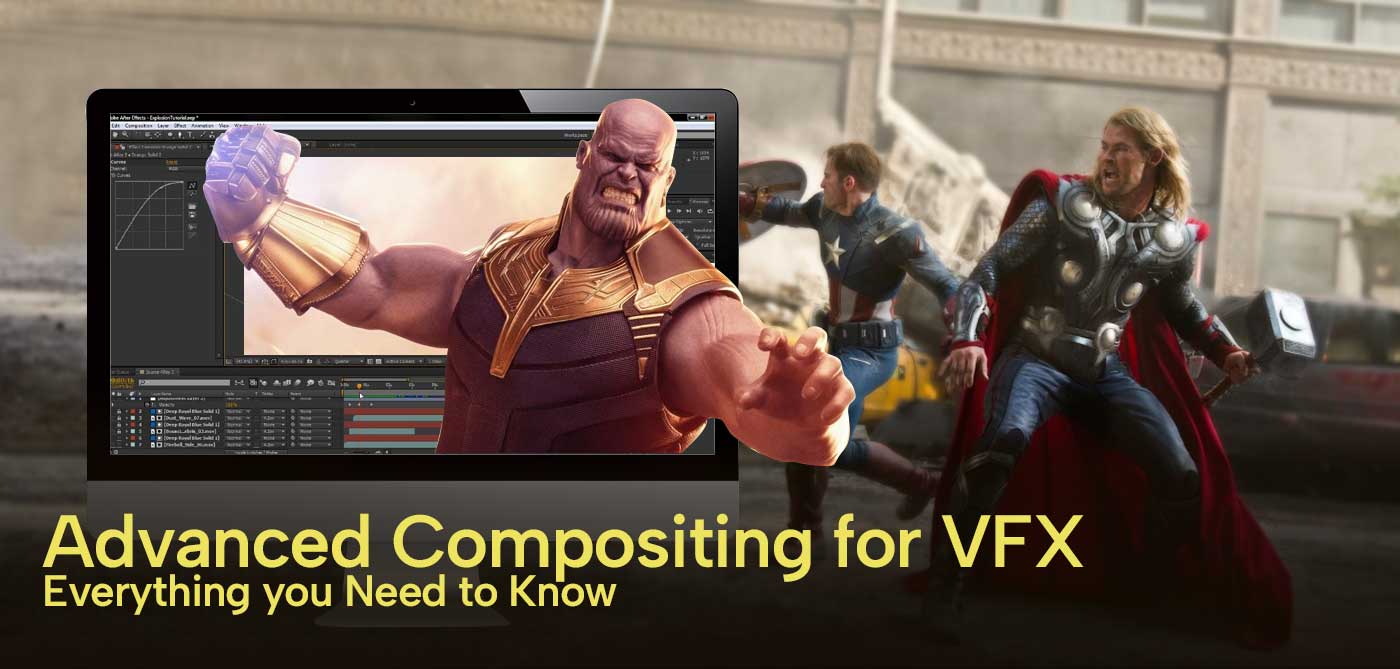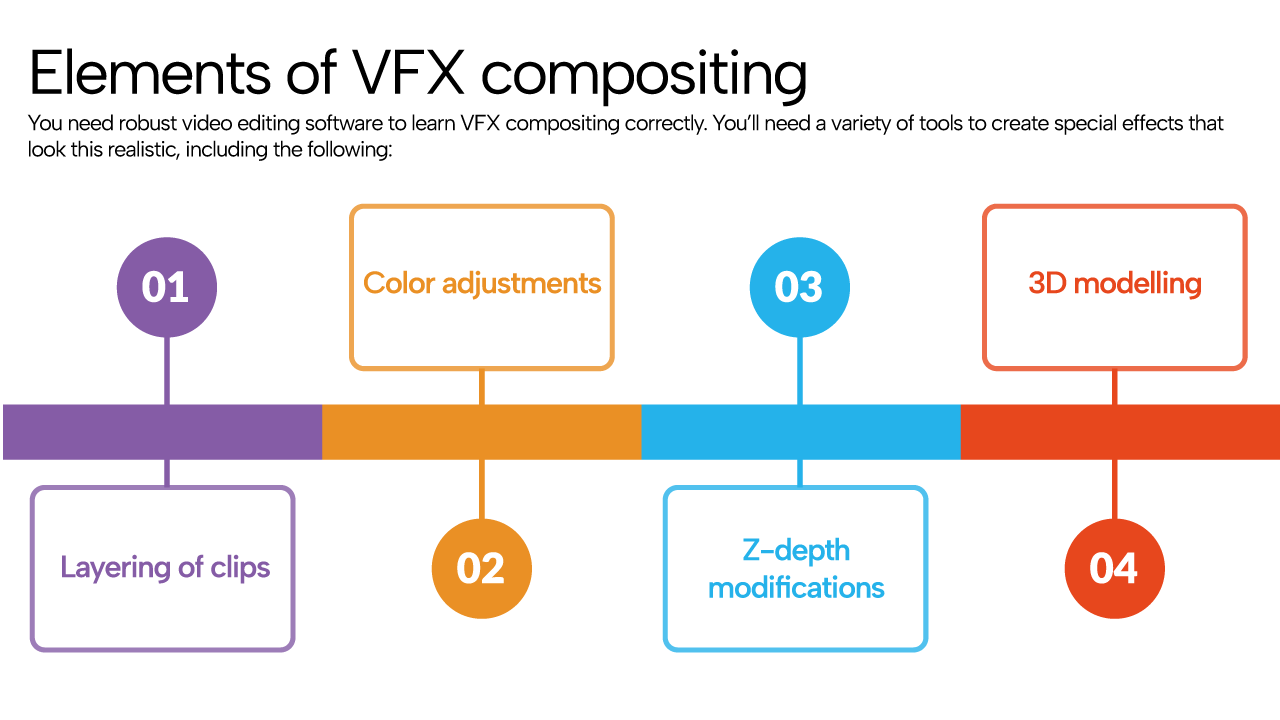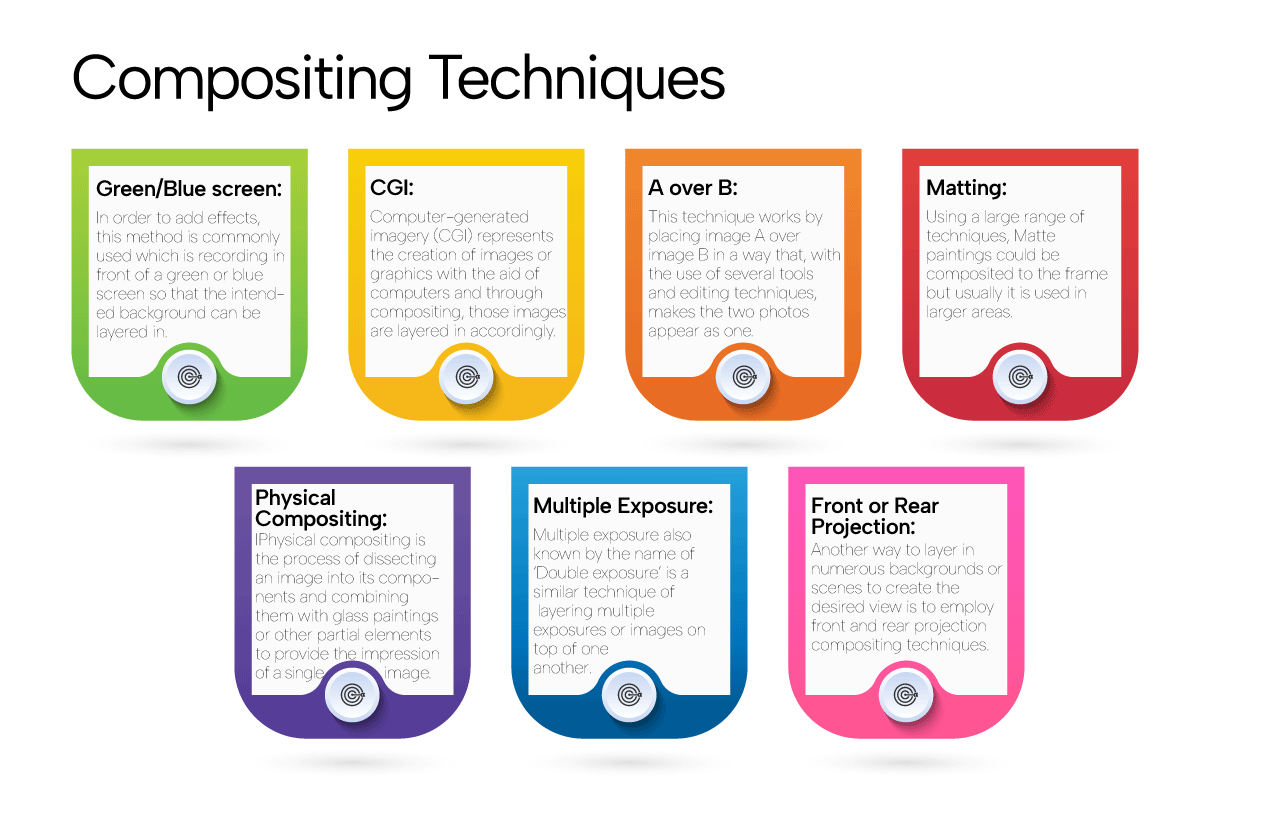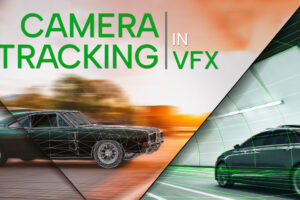
Compositing for VFX: Learn More About Advanced Compositing
aArt is intricate magic. But the VFX art is even more intricate and intriguing. Although this art may seem complicated at the beginning. Once you get a hold of it, you’ll be mesmerized to know and implement the level of effects. It is capable of creating. VFX institutes today teach the technical, theoretical, and practical step-by-step procedures of this intricate art. Moreover, constant practice and curiosity mould a perfect VFX artist. Among the various VFX procedures, one of the most important process is Compositing. Let’s know more about the art of compositing in this article.
What is Compositing?
Advanced Compositing for VFX is the process of creating the final shot for a movie or video game, by smoothly combining digital components with real-world footage. The pipeline for visual effects ends with compositing.
In order to create VFX for motion pictures, television, and animated films, compositing is a crucial step in the process. To flawlessly mix together parts shot during production and Computer Generated Imagery (CGI) made by other artists, the compositor merges the two. Additionally, compositors correct issues with the footage that arose during filming and devise ways to improve VFX shots so that they better reflect the director’s intent. Compositors, who can turn a shot into something amazing that was previously impractical, put all the final parts together.
What does a Compositor do?
Throughout the entire process of Compositing, several components will be the subject of investigation. This could involve looking up colour correction, matching particular shots to the entire movie, matte painting specifications, and, if necessary, locating stock footage. Before starting a project, compositors should be aware of the camera and lenses that used to capture the images as well as the depth of field of each shot.
Fundamentally, compositing for VFX could said as a link between real-world video materials and digitally generated components. It scrutinized each frame and check even the minute details to give the appearance that the digital effects are real. For instance, imagine filming an explosion scene in a movie. The animation and VFX artists will design a digital missile. The movie team tries to capture the background and the VFX team would add the detonation’s explosive effects.
All of these components would combined by the VFX compositor to produce a seamless shot. In order to combine all the pieces into a single frame, they would layer the pieces, correct the colours, modify the depth and add all the other essential elements that required.

Using a video editing programme like Adobe Premiere Pro is the greatest method to make your VFX look like a Hollywood blockbuster. If you have the right tools, you may utilise VFX compositing to make your video special effects creatively blur the boundaries between reality and fiction.

Digital Compositing
To create the desired final image, numerous images are layered together utilizing various methods in digital compositing for cinema and video. The blue screen method or the green screen method is a common digital compositing technique.
In the past, digital compositing regarded as a”2D” discipline. Given that it refers to the fact that all the components being combined are two-dimensional images. Despite being a depiction of a three-dimensional item or scene, they have been reduced to a flat 2D image throughout the process of being rendered.
3D Compositing
3D Compositing refers to the process of composing in a space where three-dimensional picture manipulation is possible.
In 3D Compositing, various articles put together in a layer and composited altogether in order to make a single shot.
Since 3D compositors often work with layers of generated video rather than 3D models when creating composites, adding various effects to video is comparatively far less labour-intensive.
The three stages of the 3D animation pipeline are pre-production. During which the project is organized and conceptualized, production, during which all of the components for the final animation are made, and post-production, during which the components are combined to form the final image.

Conclusion
As said earlier, Compositing is the final step in the whole visual effects process. Various sorts of rendered data are blended together to generate a seamless connection of related elements. Since Compositors get to work with a wide range of interesting projects. They required to have a sound knowledge of VFX editing. And all of the compositing for VFX methods listed above in order to execute it in various projects. In short, compositors have a major hand in making the audience either awestruck with the visual effects. Or go completely unnoticed alluring them to believe it to be a reality.



